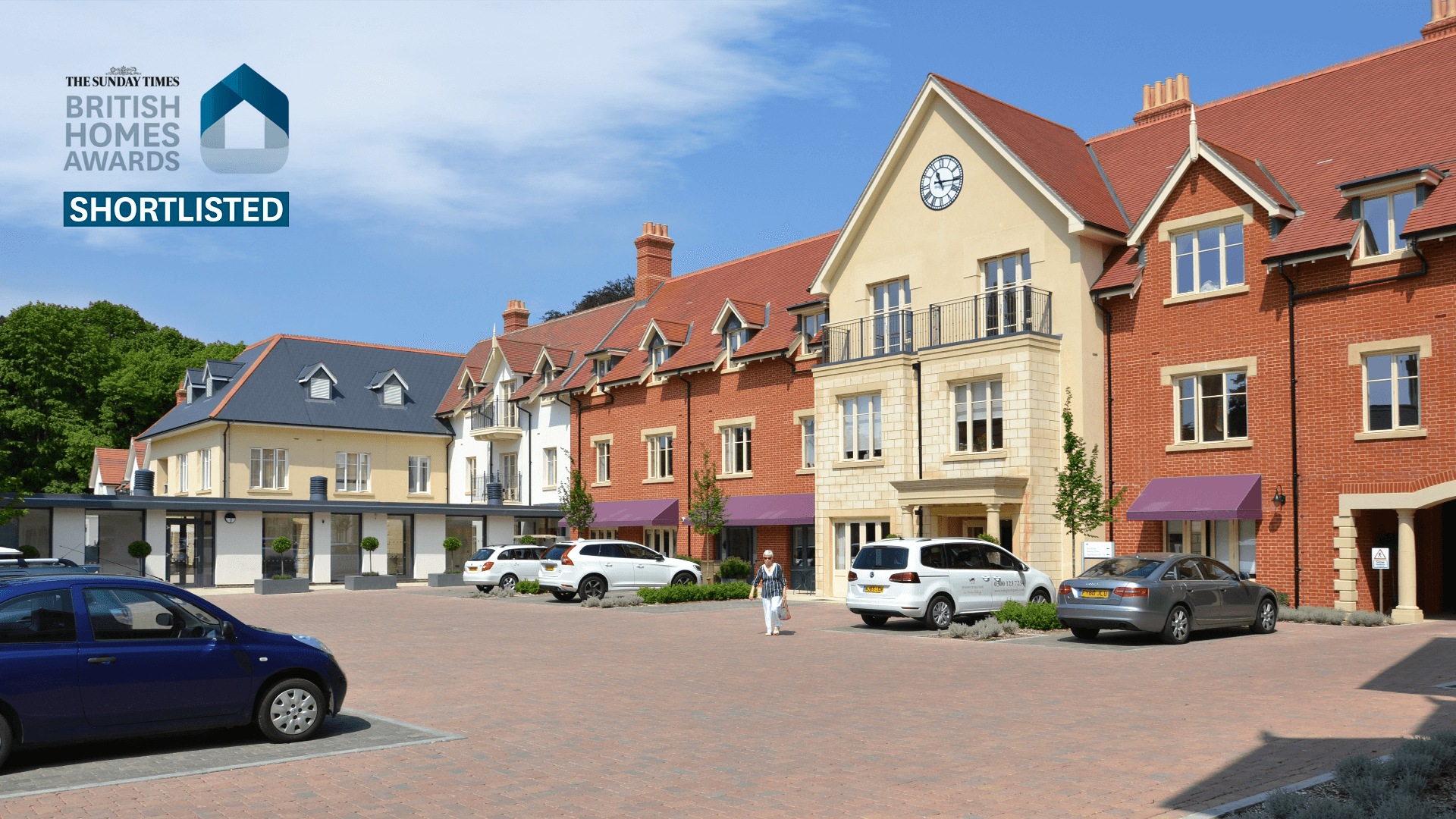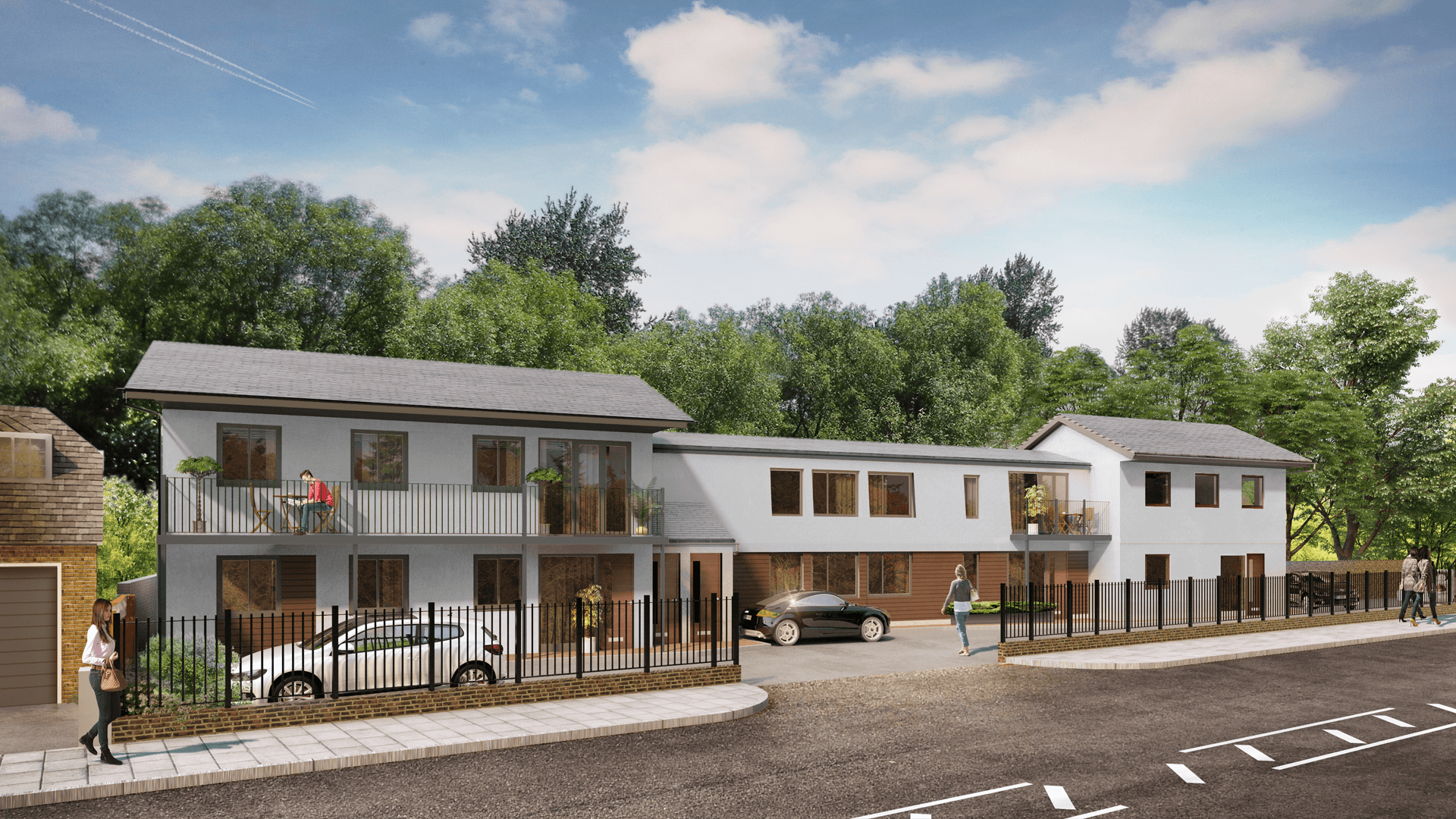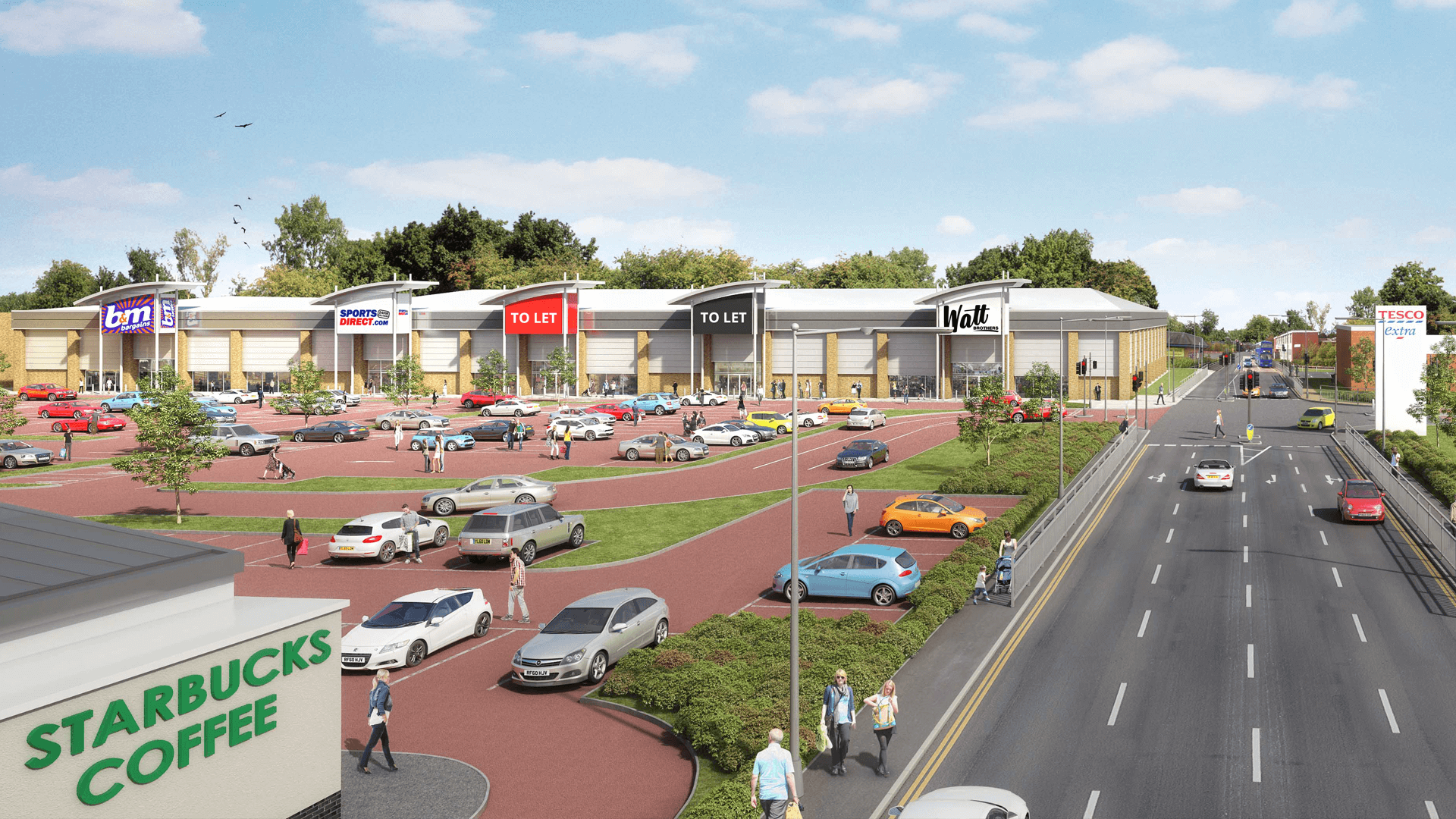Billed as ‘An IdeasFest’, the 2018 Housing LIN Annual Conference took place at the end of March in the magnificent surrounds of the Kia Oval, home to Surrey County Cricket Club. Urban Edge Architecture was delighted to headline sponsor the event that gathered industry leaders from across the housing, health, social and private care sectors to share knowledge and ideas and take a fresh look at homes for all ages.
In an executive box overlooking the historic cricket ground we were appropriately bowled over by the numbers who attended the Urban Edge afternoon thought-leadership workshop session to examine new urban approaches to later living. Attendees included CEOs, Management Directors and Development Directors from Abbeyfield, Amicala, Audley, Castleoak, Extra Care, Elderflowers, One Housing, PegasusLife and many others.
Our workshop explored the expectations of the next generation approaching retirement and considered what the future of later living would look like. As you might expect from a room of fifty or more sector-leading professionals, we heard a number of diverse views and slight variances of approach depending on different experiences in the sector. However, there were a number of common themes that arose from this most dynamic of discussions.
The first key message that came out of the workshop is that older people expect choice. For some time in the UK, there has been a considerable focus from the retirement or care sector at the high end of the market – luxurious care villages, often located in rural locations. Yet the senior demographic is rapidly changing, and these changes impact all parts of the country and across a variety of social strata.
Not everyone wants to live in a rural location where they may feel isolated from their local communities. Nor, it has to be said, does everyone want to live in an urban location if it is not the environment to which they are accustomed. The ability to choose between later living within our towns and cities as well as our villages and rural locations is therefore essential.
Another significant theme was that one size can no longer fit all. We need to spend less time focusing on age and more time on individual needs and lifestyle. This may seem counterintuitive to a sector that will often place 55+ or 65+ age restrictions on its developments – but as people live longer and healthier lives, later living developments will have to adapt to the sometimes significant changes that people go through from the ages of 55 to 65 to 85 and, increasingly, later. This is why focusing on the individual needs of people will become crucial – after all, some people can be unhealthy or have mobility problems at the age of 40, whilst others can be very healthy and active at the age of 80.
Carol Barac, a Director at Elderflowers Projects, said that there is currently a real lack of choice for older people who want to remain active, but perhaps want to downsize their homes. Ideally, they want to avoid what they perceive as being institutionalised in a traditional care or retirement setting and want a home that can be adaptable so they can age in place. Emma Webster, Public Policy Manager at PegasusLife, said that people often only move into an age-restricted place if prompted to do so by an event. If we want to inspire people to move into a development, rather than wait until they have a need to move, we have to create more aspirational places.
For us as designers, perhaps one of the most thought provoking strands of the discussion was the idea that we have to design for young people who are getting older. Attendees at our workshop suggested that, at the moment, we design everything for the latest stages of life because these are the most challenging when you have to provide care – but actually the sector is changing its focus to lifestyle and we need to start designing for younger people who will then be able to age in place.
Equally, if we stop solely focusing on age we will be able to design something that can serve different generations, creating developments where young and old can live side by side, both benefiting from the social, cultural and economic opportunities of a multigenerational community. As several of our workshop attendees noted, age-restrictive developments have started to create various issues for the sector, not only because it is limiting the potential customer base, but it is also fracturing elements of society by keeping people apart.
This latter line of thinking was perfectly summarised in an earlier conference session by Professor Jeremy Myerson of the Oxford Institute of Population Ageing entitled ‘The new old: exploring the potential for design and designers to enhance and experience our later lives’. Professor Myerson stated that “design can keep people apart or it can bring them together and we have to design around social inclusion.” He went on to say that if there is a time for innovative ideas, that time is now.
Indeed, a sector poised to embrace innovation was perhaps the most overwhelming impression I took from our day at the Housing LIN conference: it is a sector that recognises the changing needs and expectations of its core demographic and is interested in creating something better. To do this it must innovate – but to be truly innovative we will need to challenge the rules and change the concepts that we have been applying to our schemes for years – and this involves risk.
Our strength lies in the sector’s willingness to share ideas as perfectly exemplified in the Housing LIN’s IdeasFest. It is through these collaborative processes and shouldering the risk together that we can push the sector into innovation and work towards building communities where we can all age well.
As part of our ongoing research into the future of later living and in direct response to some of the outcomes of our Housing LIN conference workshop, Urban Edge Architecture will be undertaking a pilot survey of all age groups. The survey will seek common intergenerational patterns in housing and living expectations, as well as significant areas of difference. If you would like to receive a summary of our findings, please email enquiries@urbanedgearchitecture.co.uk.
Sonia Parol | Senior Associate Director






